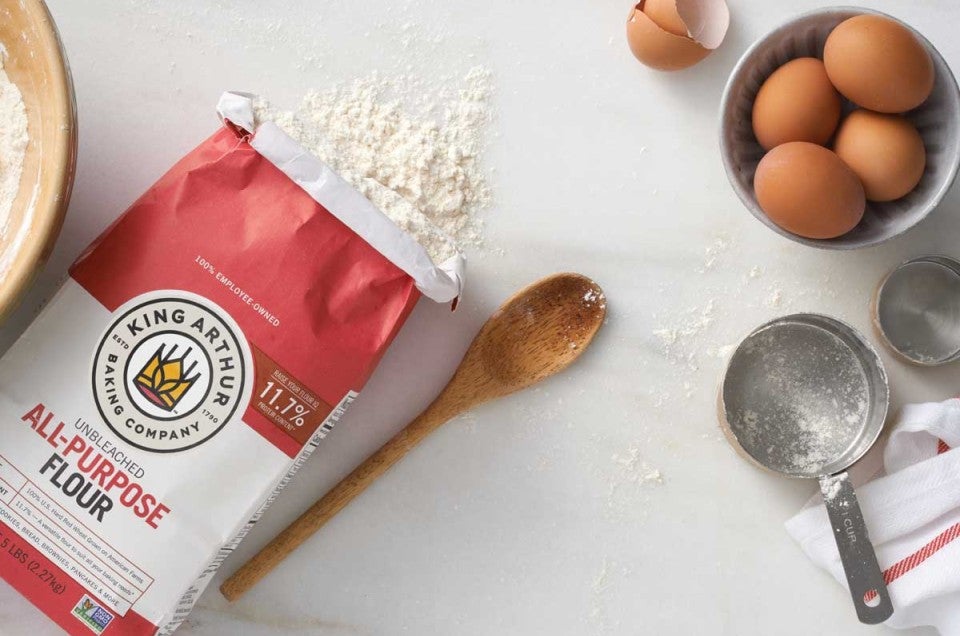


A recipe is a journey taking you from Point A (a collection of ingredients) to Point B (a beautiful baked good). Our goal for every King Arthur recipe is to guide bakers clearly so they can confidently follow along without fear of getting lost. And while that might seem simple — list accurate measurements and instructions, done! — there's really so much more to it than that.
Each baker's kitchen and skill level are different, and our recipes seek to ensure none of those differences prevent the final baked good from turning out successfully. As a result, we put extreme care into how we write our recipes, following a set of guidelines to create the most effective recipe we can.
Once you know why we write recipes the way we do and how to follow them, your success in the kitchen will skyrocket.
To help guarantee your success with every single recipe on our site, we're sharing a look at how we craft a recipe, the reasons we include (or exclude) certain elements, and the tips you need to use our recipes most successfully.
You’re super excited to bake, and you can’t wait to jump into your chosen recipe.
But wait! Before you start mixing or measuring, your first step should always be to read the recipe in its entirety. Even read it twice! That way, you’ll be prepared for any unfamiliar steps, unexpected ingredients, or unanticipated time constraints.
There’s nothing worse than being in the middle of a recipe and realizing you need to use an ingredient or tool you don’t have and didn’t anticipate needing. Ensure you’re not caught off guard by reading the whole recipe before you begin.
It may be tempting to skip the short paragraph at the top of each recipe, known as the headnotes. But there’s a reason we include this introduction. Sometimes, the purpose is to set a reader's expectations of the dish (a cake that’s tender rather than moist, for example).
Other times, recipe headnotes include the cultural context and history of a recipe when appropriate; we also acknowledge when a contributor shared a particular recipe.
Our recipes don’t exist in a vacuum, and we don’t want to present them isolated from their roots (or worse, make it seem as if we invented or discovered a recipe when that’s not the case). As a result, we include details about a recipe’s provenance when it’s part of its identity.
Beneath the headnotes, you’ll find "Prep Time," "Bake Time," and "Total Time." These are meant to help you anticipate the amount of time you’ll need to dedicate to the recipe.
"Prep Time" refers to the amount of active time you’ll spend on the recipe; it excludes inactive steps like bread dough rising or dough chilling.
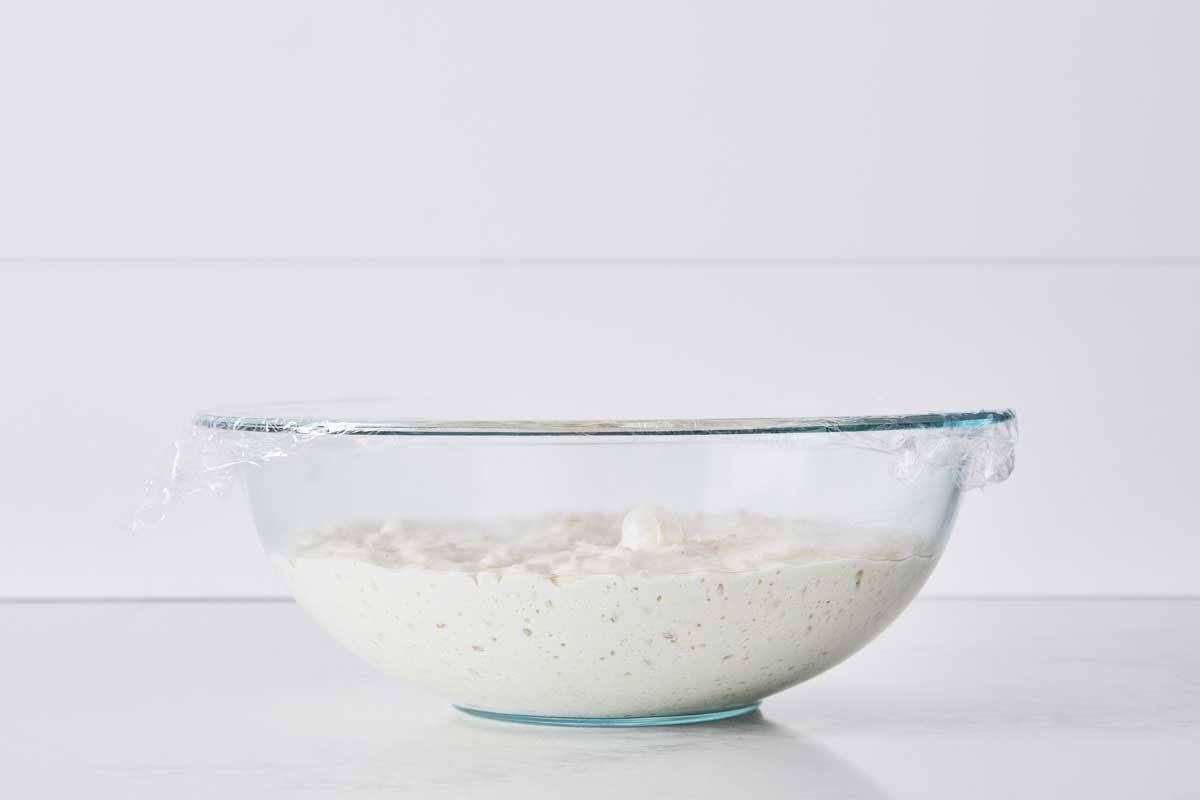
Meanwhile, "Bake Time" refers to time spent heating the final baked good and doesn’t include steps like toasting nuts or browning butter. That’s why "Prep Time" + "Bake Time" doesn’t equal the "Total Time," which is the complete amount of time a recipe takes from start to finish (including every step, both active and inactive).
This step is arguably the most important to any recipe. (There’s a reason it’s the very first thing in our Recipe Success Guide!) All King Arthur recipes include both weight (grams) and volume (cups, teaspoons, etc.) measurements for ingredients. But the best step you can take toward better, more consistent baking is to use weight measurements.
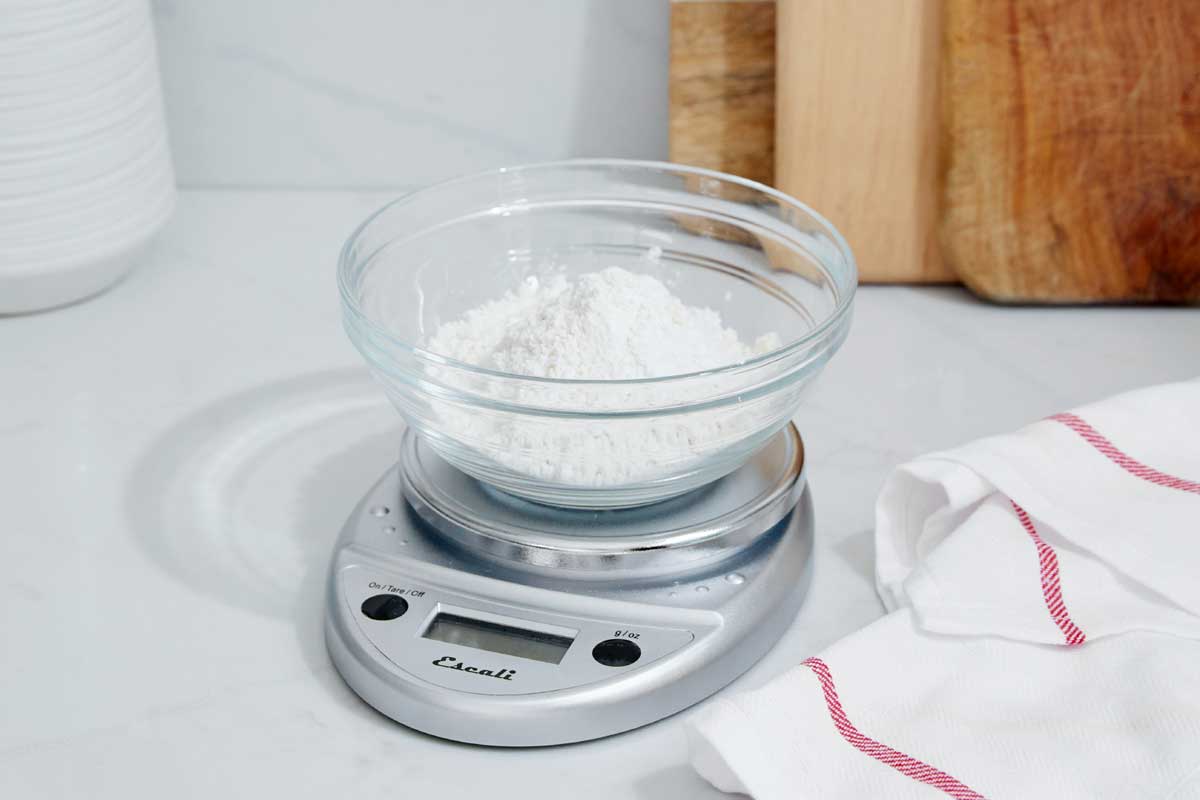
Why? The amount of flour in 1 cup can vary greatly depending on how you measure. If you pack it into the measuring cup, you’ll have much more flour than if you lightly scoop the flour into the cup. Meanwhile 120g flour (King Arthur's weight for 1 cup of all-purpose flour) is always the same, no matter what.
Our test kitchen develops recipes using exact weight measurements, so the best way to replicate their results is to use a scale as well.
If you still want to stick with volume measurements, you must measure your flour correctly. Ensure your best chance of success by using the "fluff, sprinkle, and scrape" technique to measure flour for all King Arthur recipes. (Here’s a video demonstrating this method.) For yeast breads and some flour-heavy recipes (like cakes), we’ll even include a step to measure flour this way directly in the recipe directions, to make sure you get it right.
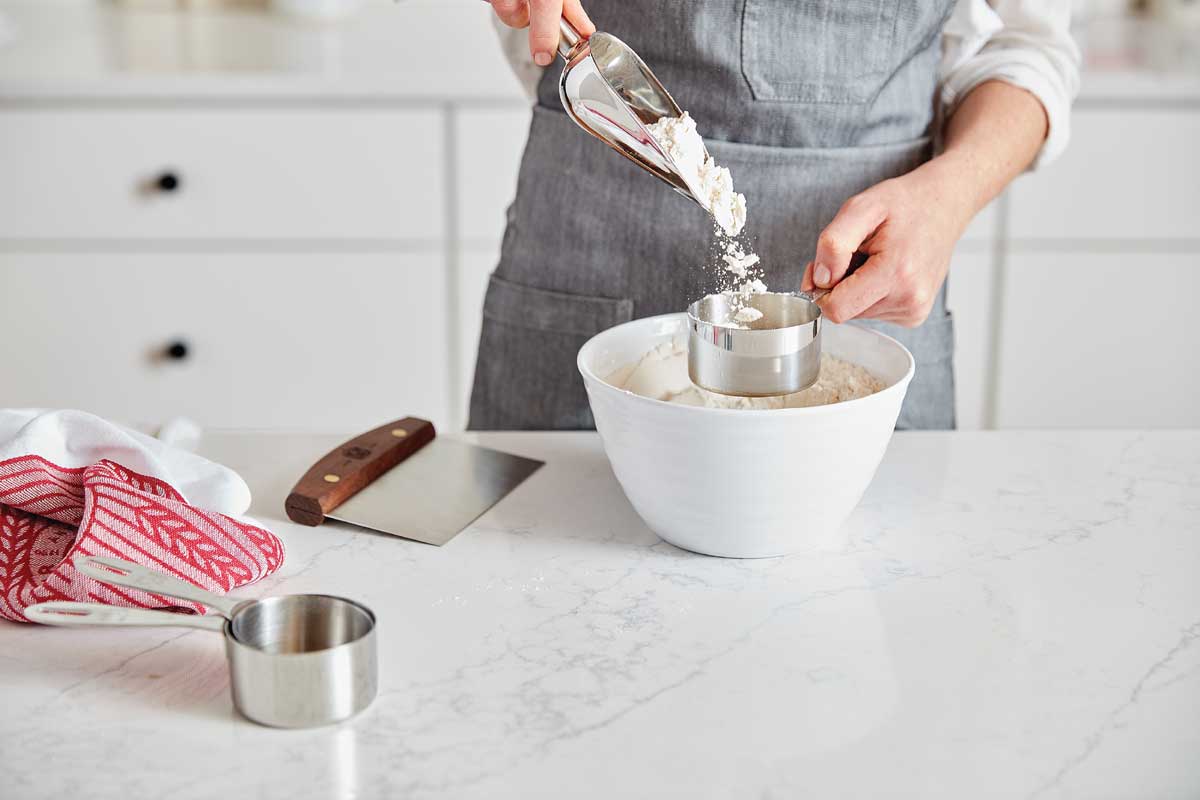
Beyond just flour, we have standard weight measurements for all common baking ingredients, outlined and easily accessed in our Ingredient Weight Chart. All recipe developers have their own measurement standards, which can vary slightly depending on the organization, and this comprehensive chart is the foundation on which all King Arthur recipes are based.
Sometimes seemingly straightforward ingredients can be confusing to navigate. After all, there are many different sizes of eggs; does it matter which one you use? Here’s what we mean when we list certain common baking ingredients:
We write our recipes to use standard-grain (table) salt. It’s the most commonly found salt and the most likely to be found in bakers’ pantries.
Does it matter which type of salt you use? It does. Large-grain kosher and coarse-grain sea salt measure differently than table salt. This difference is due to their grain size; their larger grains fit differently into measuring spoons than table salt. As a result, using kosher salt instead of table salt may result in different salinity levels in your baked goods. And salt's for more than just taste: it plays a key role in how bread proofs, for instance — another reason to measure salt accurately.
Kosher and coarse-grain salts also don’t distribute as evenly throughout baked goods as finer-grained salt, leading to uneven seasoning, and in some cases they might not dissolve fully. Will the difference in taste be very obvious? No, but it’s worth using table salt to maximize results.
There are two major differences you’ll find among butter: salted vs. unsalted and American-style vs. European-style.
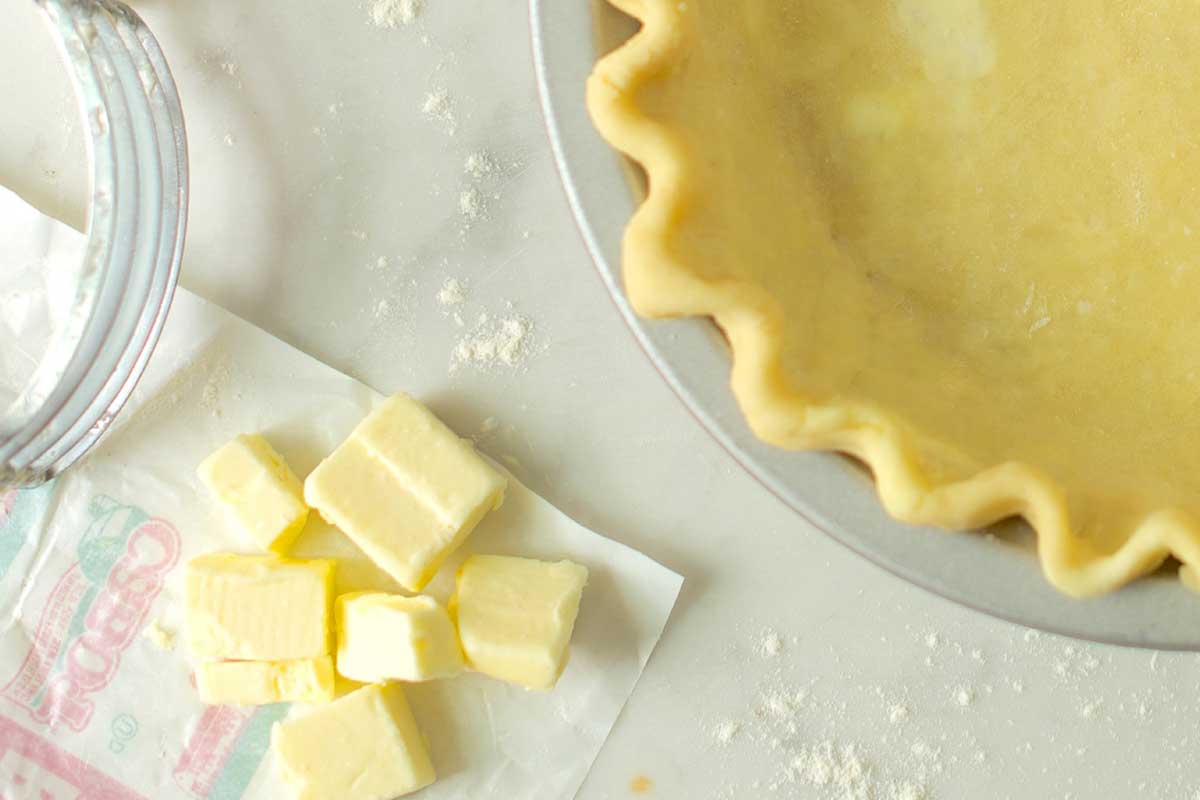
Our recipes call for unsalted butter when the amount of salt will potentially impact the recipe’s flavor. (We define this as at least 4 tablespoons butter per cup of flour.) Using unsalted butter allows you to control the total amount of salt, which is why we prefer it. Likewise, we’ll always specify if a recipe calls for "salted butter," such as in these Shortbread cookies. (The thick, dry dough makes it hard for added salt to disperse and dissolve evenly; using salted butter alleviates this problem.)
If a recipe calls for unsalted butter and you're using salted, reduce the added salt in the recipe by 1/4 teaspoon for every 8 tablespoons (113g) of butter used.
Meanwhile, all of our recipes are developed for American-style butter, unless otherwise specified. European-style butters have less water and are higher in fat than American-style butter, ranging from 82% to 86% butterfat. If used in a recipe not calling for it specifically, European-style butter can create a greasy, sometimes drier result. (Read more in our post, Butter for baking.)
Unless otherwise specified, all of our recipes are designed to use large eggs. If your recipe calls for one or two eggs and you use a different egg size — like medium or extra-large — your recipe will be mostly unaffected.
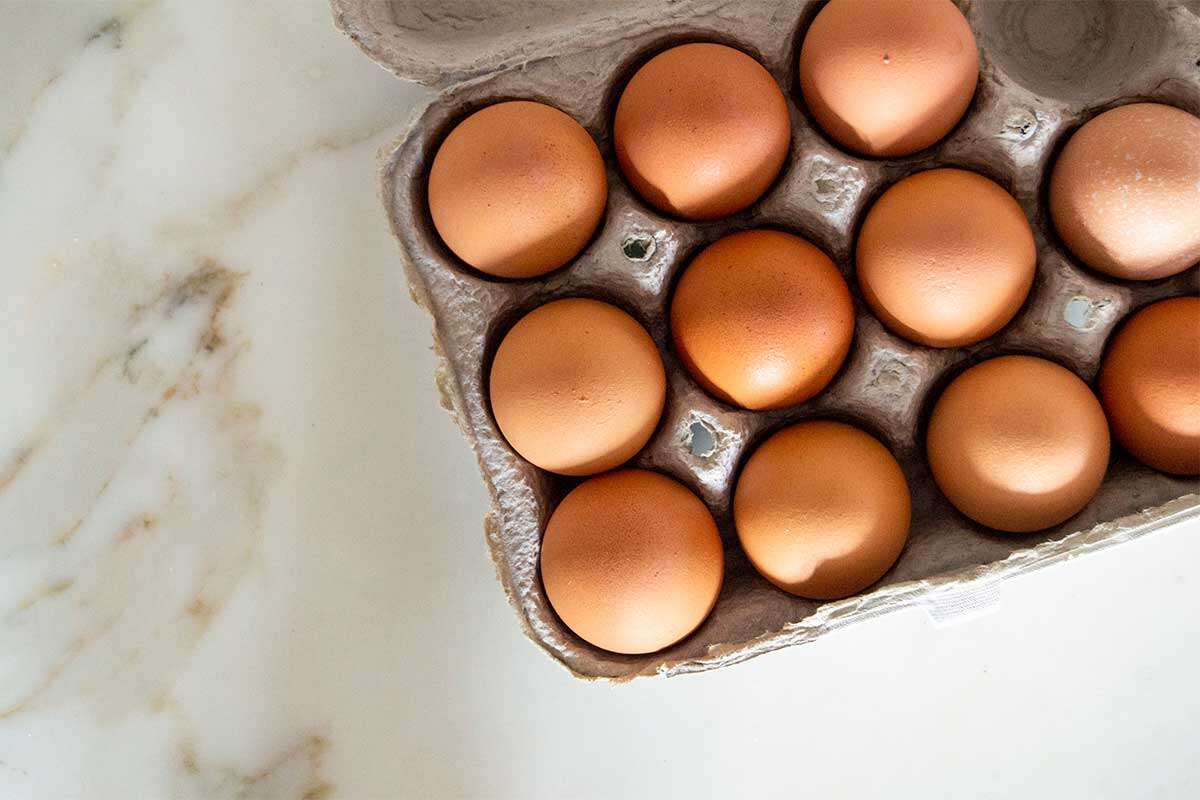
If you're baking an egg-heavy recipe with three or more eggs, we recommend only using large eggs. (If all you have are other egg sizes, convert the amount of eggs called for in the recipe to grams using our Ingredient Weight Chart, then weigh your eggs to get the correct quantity.)
You may notice that most King Arthur yeast recipes say a baker can use either instant yeast or active dry yeast, such as in these Yeast-Raised Doughnuts. This can be a point of confusion for bakers who don’t realize the two types of yeast can be used mostly interchangeably.
Contrary to popular belief, active dry yeast doesn’t need to be proofed for 5 to 10 minutes before mixing into bread dough. Like instant yeast, active dry yeast can be added directly to the dry ingredients. (Improvements in yeast-drying technology are the reason the proofing step isn’t needed anymore.) That’s why you won’t see a proofing direction for active dry yeast included in our yeast recipes, and why either option can be used in most recipes.
In addition, you can use the same amount of both instant and active dry yeast; there's no need to increase or decrease the amount when moving from one to another.
Along with which ingredients you choose and how you measure them, the temperature of said ingredients can be vital to a recipe’s success.
In many of our yeast recipes, we specify the temperature of liquid ingredients. In cake recipes, we specify the temperature of butter, eggs, and dairy/liquids. And in all other recipes, we specify the temperature of ingredients when it matters (especially butter, milk, water, and eggs.)
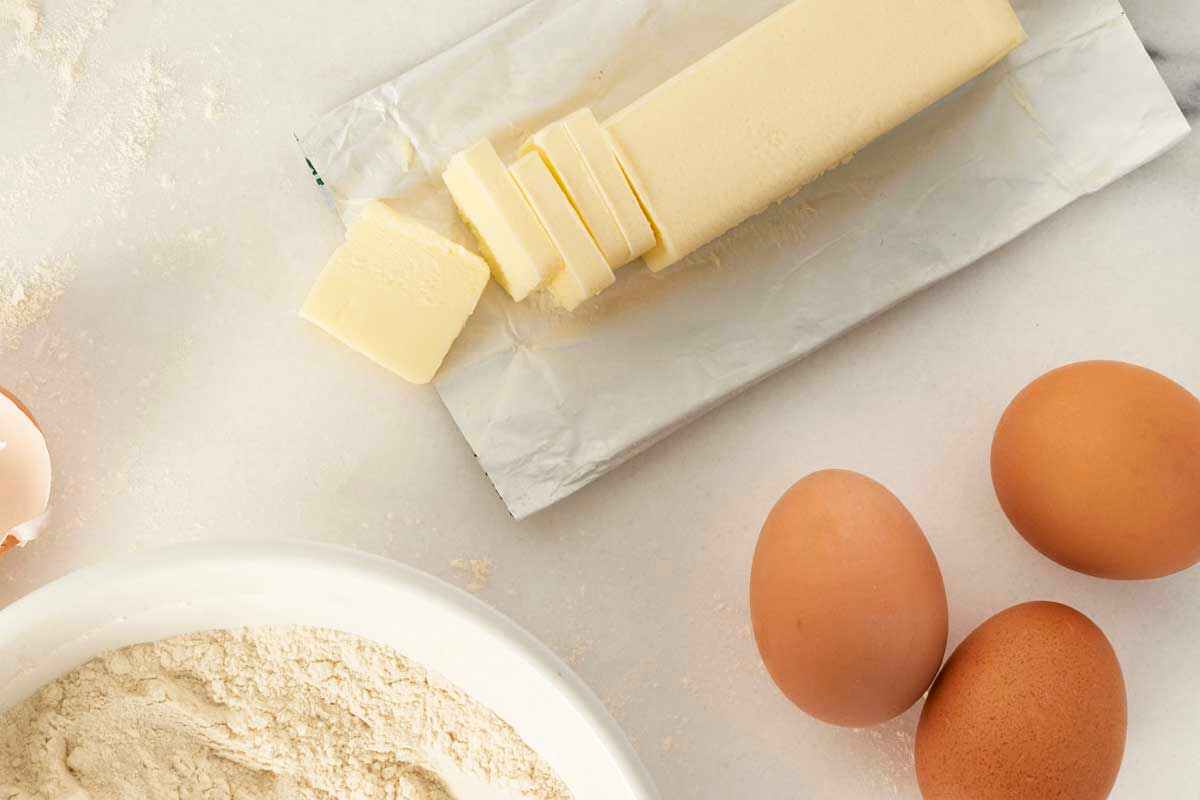
Temperature is often noted with phrases like "room temperature" or "lukewarm." So what exactly are those temperatures?
We put a lot of thought into how we list ingredients, with wording and punctuation carefully considered. We advise you to be equally careful while reading. Seemingly similar ingredient lines can have entirely different meanings. Take this example:
“2 cups strawberries, sliced” vs. “2 cups sliced strawberries”
The former means to measure whole berries, then slice them. Meanwhile, the latter means slice the berries, then measure the slices.
Our recipe instructions are written to be clear and concise, yet delivered with a warm, approachable tone. As with everything King Arthur (including this blog!) we write like one friend would speak to another. The language of baking is more opaque than it might seem at first glance, and we don’t want our recipe instructions to be confusing or unintelligible.
We avoid shorthand or abbreviations, since they won’t be familiar to all bakers. Similarly, we avoid esoteric verbs like "cream," "zest," and "dust," without a description of the actual action, as well as high-level equipment terms like "the bench," "half sheet pan," or "degas."
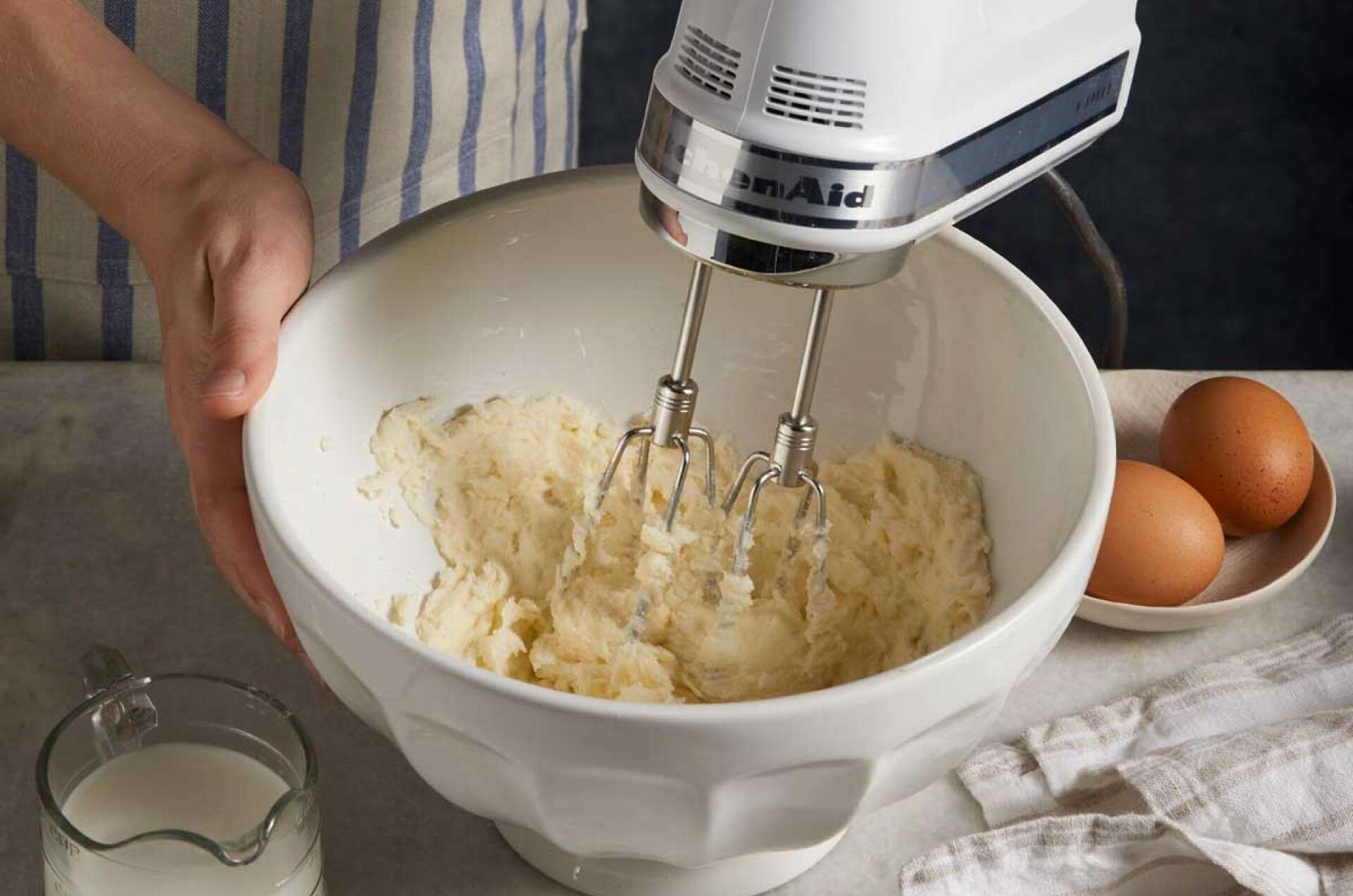
Similarly, yeast recipes don't include only proofing times, but also visual descriptions of what the dough should look like, since that's a more important measure for bakers to follow.
Ah yes, the age-old question: “Can I substitute X for Y?”
We get it: sometimes you’re out of an ingredient or you’d like to adjust a recipe to fit your dietary preferences. Substituting can be tempting, and sometimes quite successful!
That said, our recipes are designed to work as written, with the ingredients listed. Deviating from the recipe, even in small ways, can compromise your ultimate success. If you’re an experienced baker, you might be more equipped to make substitutions. And if you’re OK with potentially unexpected (and maybe unappealing) results, there’s no harm in playing around with substitutions. That said, if you’re going to change a recipe, we recommend making the original version at least once before taking things your own route.
Baker's tip: One common exception to this rule? Making non-yeasted recipes gluten-free, which can be easily achieved by substituting Gluten-Free Measure for Measure Flour 1:1 for all-purpose flour.
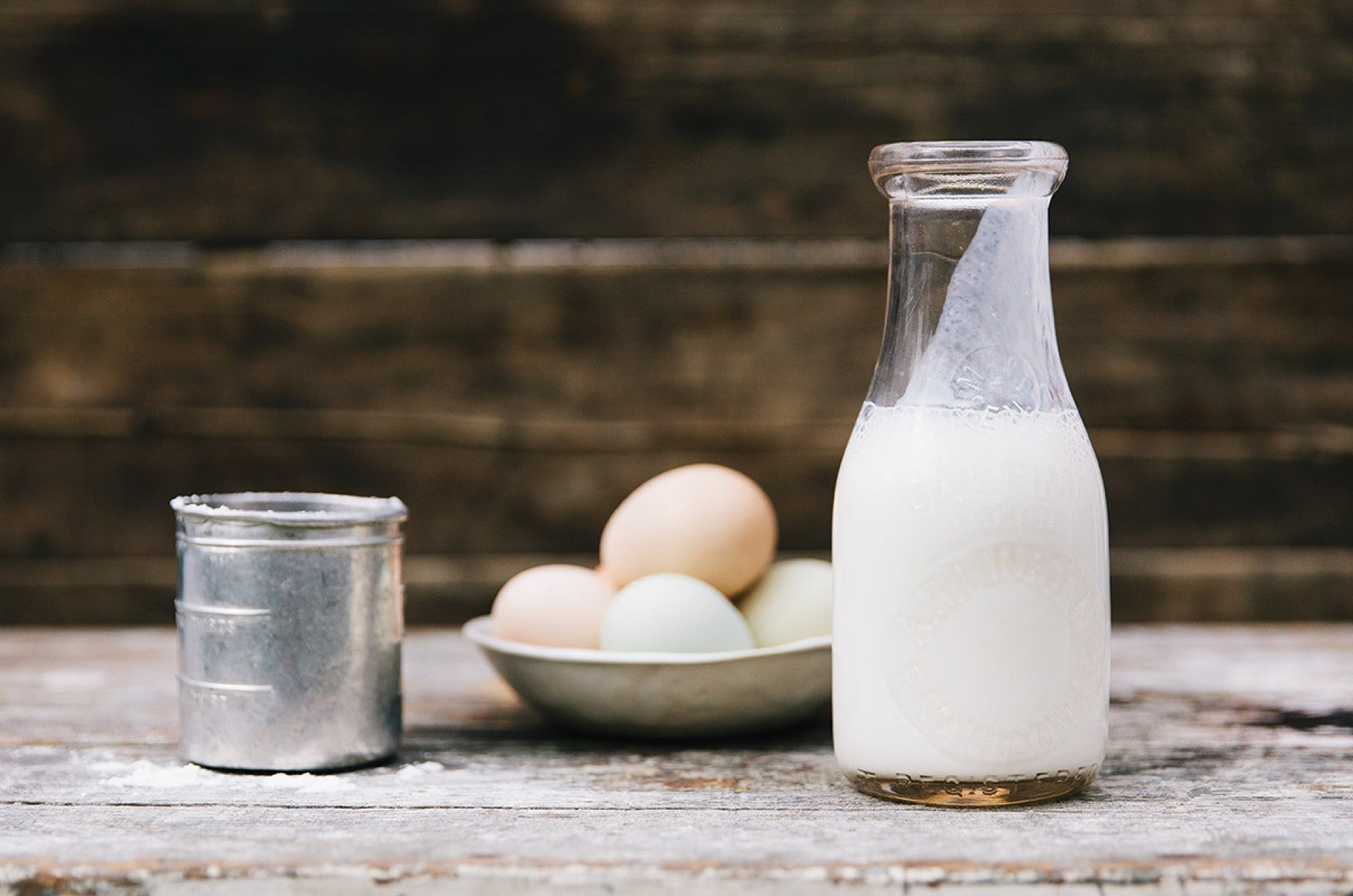
We also try to anticipate common ingredient swaps, like different flours or non-dairy milks. We’ll often include details in the ingredient list or recipe tips section, or provide more information in a blog post (such as this post on how to substitute for potato flour).
The last thing we write is the recipe tips, included at the bottom of each recipe page. These offer a chance to go beyond the recipe steps and provide additional inspiration. They’re not strictly necessary (which is why they’re not included in the recipe proper) but can help bakers achieve success or offer more information behind an ingredient, step, or the recipe itself.
Tips can include substitution advice, relevant baking guides, or videos. Frequently, they link to blog posts that offer more details on a recipe, suggestions for slight recipe tweaks (like pan size or flavor profile), and more.
Nothing is worse than spending an hour or two following a recipe, only to wind up with a sad disappointment. We want to make sure that never happens to you! With this additional insight into how we write our recipes and how to follow them, you'll be able to take the full journey of a recipe to its satisfying and very delicious end.
For more insight into how to bake all King Arthur recipes most successfully, see our Recipe Success Guide.
Cover photo by Kristin Teig